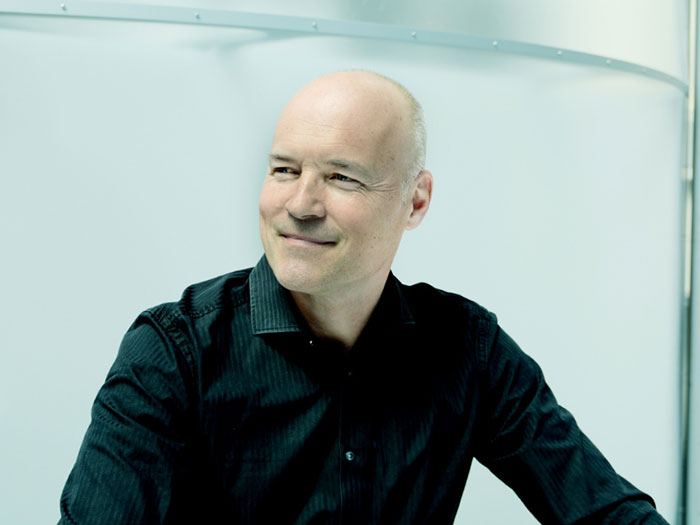From cockpit to living space: the vehicle interiors of tomorrow
How will the interior design in the cars of the future change? What opportunities will electric and autonomous driving offer? Here’s the vision of Peter Wouda, Design Director at the Volkswagen Group Future Center Europe.

“The vehicle interior of the future will become an experience for all the senses, including smell” is how Peter Wouda, Design Director at the Volkswagen Group Future Center Europe in Potsdam, near Berlin, begins the conversation. In 20-30 years’ time, he envisages the cockpit increasingly resembling a comfortable little room designed exactly the way users want it.
The steering wheel will disappear when you don’t need it, as will the pedals, while virtual reality and augmented reality will create ever-changing new worlds inside the vehicle.
Sensitivity and empathy
“As you approach your Volkswagen, it will already know where you want to go and what mood you’re in,” continues Wouda, as he explains the potential of connected cars. “It will get to know your habits, what music you like, which TV show you missed, it will help manage your calendar and know that today was a hard day so it can suggest the right kind of music.” In other words, communication with the fully connected car will become comparable to a dialogue with a friend. This is why voice control is becoming increasingly important.
Tailored customisation
Volkswagen stands for mobility for all. As a result, we will see a great variety of interiors in Volkswagen vehicles. “We must also differentiate between a vehicle that you purchase for yourself and those used for car sharing,” Wouda goes on. “If you are travelling with kids, you will get a playroom on wheels, or a mobile office if you want to get work done – we can look forward to a high degree of individuality and tailored solutions.”
And when it comes to car sharing, vehicles will age quicker, and therefore be replaced at a faster rate. This makes technologies like 3D printing particularly interesting.
Experience is key
“During a sporting event, for example, you could personalise the interiors of shuttles in a team’s design.” In other words, the design of the interior will revolve around the custom-built experience for the customer. The exterior then follows.
“That doesn’t mean that the exterior loses its importance. After all, it’s the exterior that you fall in love with. But it is the interior that determines whether you have a brief fling or a life-long relationship with a brand.”
The importance of space
In the ID.31 you can get an impression of just how much more spacious the interior is compared to similar-sized models with a combustion engine.
“In my opinion, the ID.3 is a great achievement in terms of both technology and design – and it’s only the beginning” continues Wouda, before revealing how he sees the vehicle interior of the future: “A very tasteful space that smells good and features pleasant lighting for the proper mood and gives me the opportunity to listen to my favourite podcast to the end. When I’ve had enough of the view outside, one voice control command is all it takes to change the augmented reality display. That’s how I imagine the perfect drive.”
¹ ID.3: power consumption in kWh/100 km: 15.4–14.5 (combined), CO₂ emissions in g/km: 0; efficiency class: A+
Source: Volkswagen AG
